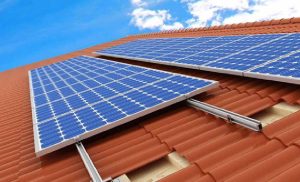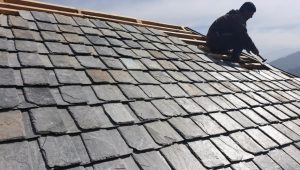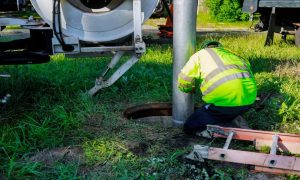The Environmental Impact of Sewer Line Leaks and How to Mitigate It
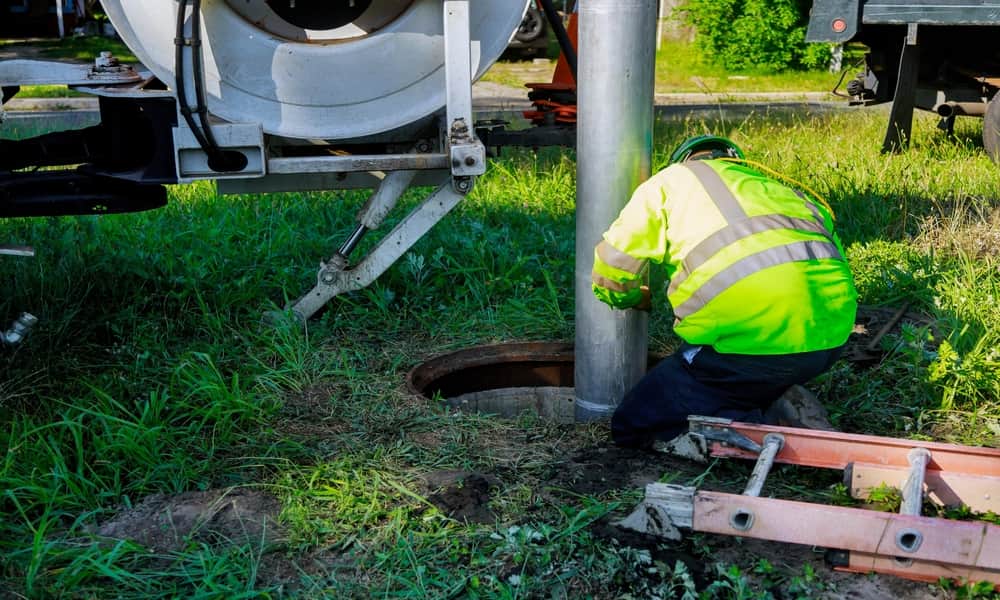
Have you ever considered how sewer line leaks silently impact the environment around you? These leaks aren’t just inconvenient; they can seriously harm local ecosystems, degrading water quality and threatening biodiversity. So, what can be done to prevent these hidden perils? Regular inspections, using quality materials, and implementing trenchless technologies are just the beginning. But there’s more to the story. What about the health risks, detection techniques, and prevention strategies that can make a real difference? The solutions might be simpler than you think, but are you prepared to explore them?
Causes of Sewer Line Leaks
Sewer line leaks often stem from a variety of causes that can be both natural and man-made. You might be surprised to learn that tree roots are a common culprit. As trees grow, their roots naturally seek out moisture. Sewer lines, being a source of water, attract roots that can infiltrate and eventually crack the pipes.
On the man-made side, aging infrastructure plays a significant role. Many sewer systems, especially in older neighborhoods, haven’t been updated in decades. The materials used in the past, like clay tiles or cast iron, can deteriorate over time, leading to leaks.
Another cause you should watch out for is ground movement. Natural events like earthquakes or even gradual soil settling can shift and break sewer lines. Additionally, human activities such as construction work can inadvertently damage these pipes.
It’s also worth noting that improper installation or poor maintenance practices might lead to leaks and expensive sewage backups. Using substandard materials or ignoring regular inspections can cause issues down the line. If you’ve experienced sewage damage, hiring a local professional is essential to cleanup the mess and diagnose the larger issues that caused the blockage.
Ultimately, increasing urbanization means more pressure on existing sewer systems, sometimes exceeding their capacity and causing leaks. Understanding these causes can help you address potential problems before they escalate.
Environmental Consequences
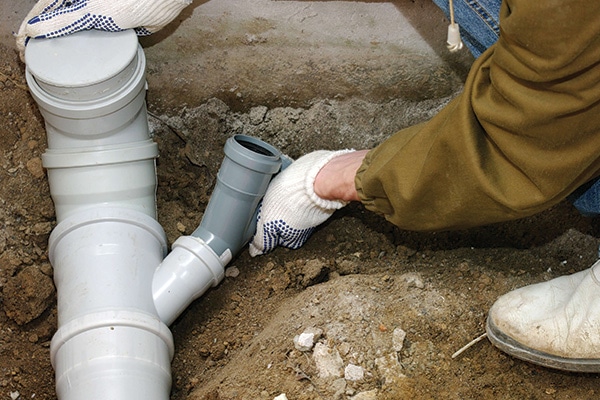
When leaks occur in sewer lines, the consequences extend far beyond just the immediate damage to infrastructure. You mightn’t realize it, but these leaks can have a significant impact on the environment around you. Raw sewage can seep into the soil and water systems, contaminating local ecosystems.
This contamination affects the quality of both surface and groundwater, making it unsafe for wildlife and plant life that depend on these resources. You’ll find that aquatic life is especially vulnerable, as pollutants can lead to oxygen depletion in water bodies, harming fish and other organisms.
Moreover, untreated sewage can introduce excessive nutrients into waterways, causing algal blooms. These blooms not only disrupt the natural balance of aquatic ecosystems but also block sunlight from reaching underwater plants, further degrading the habitat.
You should also be concerned about the potential for soil erosion. When the ground becomes saturated with leaked sewage, its structural integrity weakens, leading to erosion and sedimentation in nearby waterways.
In the long term, these environmental consequences can transform vibrant ecosystems into lifeless zones, affecting biodiversity and reducing the natural beauty you might take for granted.
Addressing sewer line leaks promptly is vital for protecting the environment you live in.
Health Risks Associated
Few people realize the serious health risks posed by sewer line leaks. When these leaks occur, they can introduce harmful pathogens into the environment, which can then infiltrate local water supplies or surfaces you frequently encounter. This exposure can lead to a host of illnesses, ranging from mild stomach bugs to more severe diseases like hepatitis and gastroenteritis.
The bacteria and viruses present in sewage can cause severe discomfort and, in some cases, pose life-threatening risks, especially to those with compromised immune systems.
Moreover, sewer leaks can lead to mold growth in surrounding areas, which isn’t just unsightly but can also trigger allergic reactions and respiratory issues. You might find yourself dealing with persistent coughing, sneezing, or even asthma attacks if mold becomes a problem in your home.
Additionally, the presence of sewer leaks can create an ideal breeding ground for pests like rodents and insects. These pests aren’t just a nuisance; they can carry diseases such as leptospirosis and hantavirus, further endangering your health.
It’s essential to address these leaks promptly to reduce the potential for such health complications, ensuring a safer environment for you and your loved ones.
Detection Techniques
Detecting sewer line leaks efficiently is essential to preventing the health and environmental issues they cause. You need to be aware of several key techniques that can help you identify these leaks early on.
One effective method is video inspection, where a camera is sent through the sewer line to visually identify cracks or blockages. This technique gives you a clear view of any damage without having to dig up the ground.
Another technique is smoke testing. By introducing non-toxic smoke into the sewer system, you can easily spot leaks as the smoke escapes through any cracks or faulty connections. This method is particularly useful for locating leaks in hard-to-reach areas.


